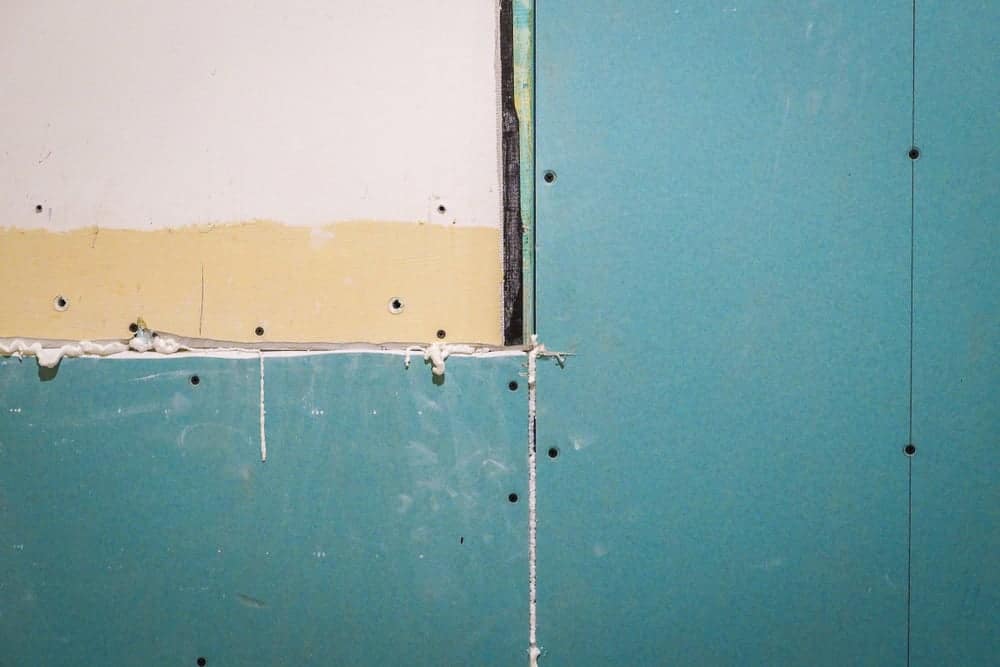When it comes to bathroom construction and renovation, choosing the right materials is crucial for ensuring durability and longevity in a space prone to high humidity and moisture. Drywall, a common building material, plays a pivotal role in creating the framework for bathroom walls. In this article, we’ll explore the importance of selecting moisture-resistant drywall and its various applications in bathroom design.
Moisture Challenges in Bathrooms:
Bathrooms are inherently humid environments due to regular activities like showering and bathing. The accumulation of moisture over time can lead to issues such as mold growth, water damage, and the degradation of building materials. To combat these challenges, it’s essential to use materials that are specifically designed to withstand the rigors of a bathroom setting.
Moisture-Resistant Drywall:
Regular drywall, also known as gypsum board or sheetrock, is not inherently resistant to moisture. In bathrooms, where dampness is a constant factor, it is crucial to opt for moisture-resistant drywall to mitigate the risk of damage and maintain the integrity of the walls. Moisture-resistant drywall is typically composed of a gypsum core with additives and a water-resistant face, providing an extra layer of protection against moisture penetration.
Greenboard vs. Cement Backer Board:
Two common types of moisture-resistant drywall used in bathrooms are green board and cement backer board. Greenboard, also known as water-resistant drywall, has a special green facing that makes it more resistant to moisture than standard drywall. While it provides a reasonable level of protection. It may not be the best choice for areas directly exposed to water, such as shower and tub surrounds.
A cement backer board, on the other hand, is a sturdier alternative specifically designed for wet areas. Composed of cement and reinforcing fibers, it is highly resistant to moisture and provides an excellent substrate for tile installation. A cement backer board is an ideal choice for bathroom walls surrounding showers and baths, where water exposure is more pronounced.
Installation Tips:
Proper installation is crucial to maximizing the effectiveness of moisture-resistant drywall in bathrooms. Here are some key tips:
- Seal Joints and Corners: Use moisture-resistant joint compound and tape to seal the joints and corners of the drywall. This prevents moisture from seeping into the wall cavities.
- Ventilation is Key: Ensure proper ventilation in the bathroom to reduce humidity levels. Exhaust fans can help expel moist air, preventing it from settling on the walls and causing damage.
- Waterproofing for High-Risk Areas: In areas that are particularly vulnerable to water exposure, such as shower and bath surrounds. Consider applying a waterproofing membrane over the drywall before installing tile. This provides an additional layer of protection against water intrusion.
- Elevate Bottom Edges: Install drywall with the bottom edge elevated slightly above the floor to prevent the wicking of moisture from the ground.
Conclusion:
Selecting the right drywall for bathroom construction is a critical decision that directly impacts the longevity and durability of the space. Moisture-resistant drywall, whether in the form of green board or cement backer board. Provides a practical solution to the challenges posed by high humidity and moisture levels in bathrooms. By following proper installation techniques and incorporating additional waterproofing measures in high-risk areas. Homeowners and contractors can create bathrooms that not only withstand the test of time but also remain aesthetically pleasing and functional in the face of moisture-related challenges.

